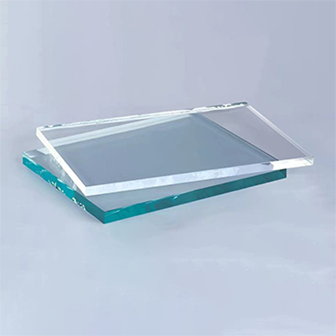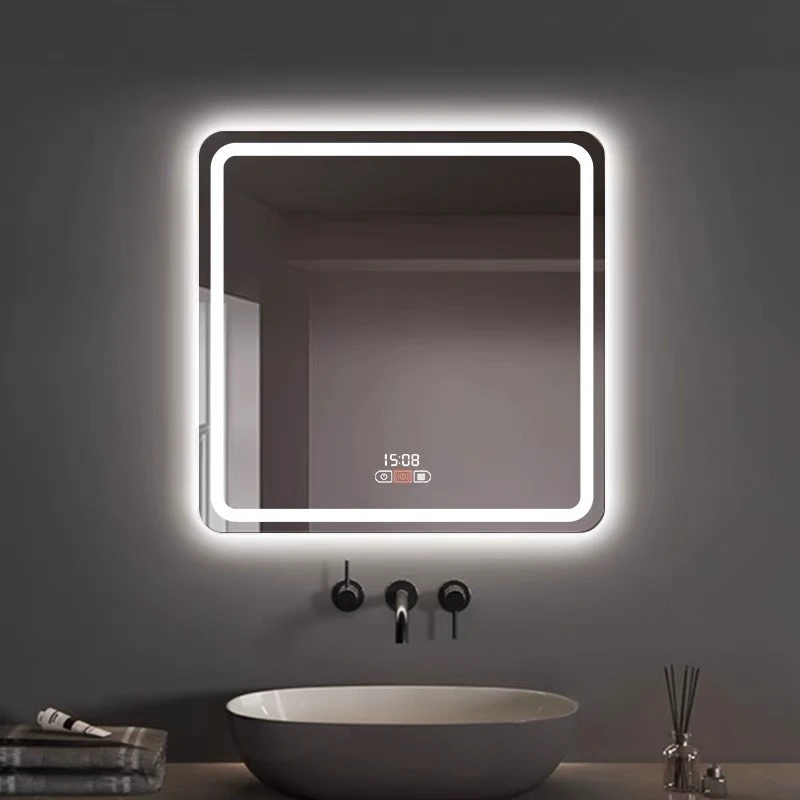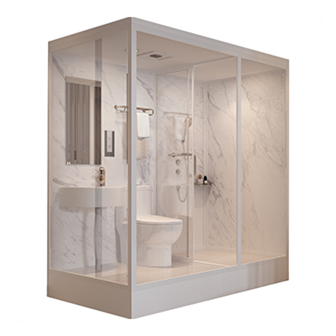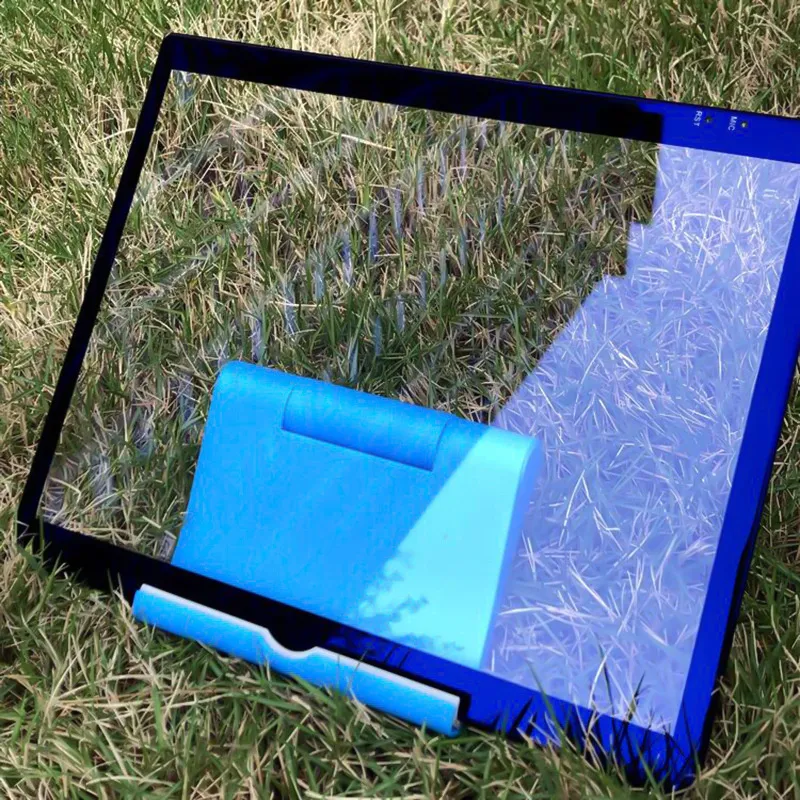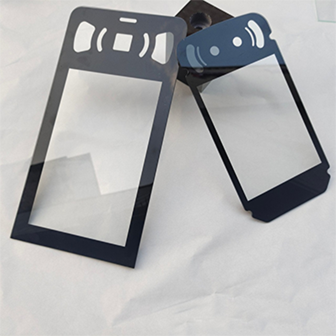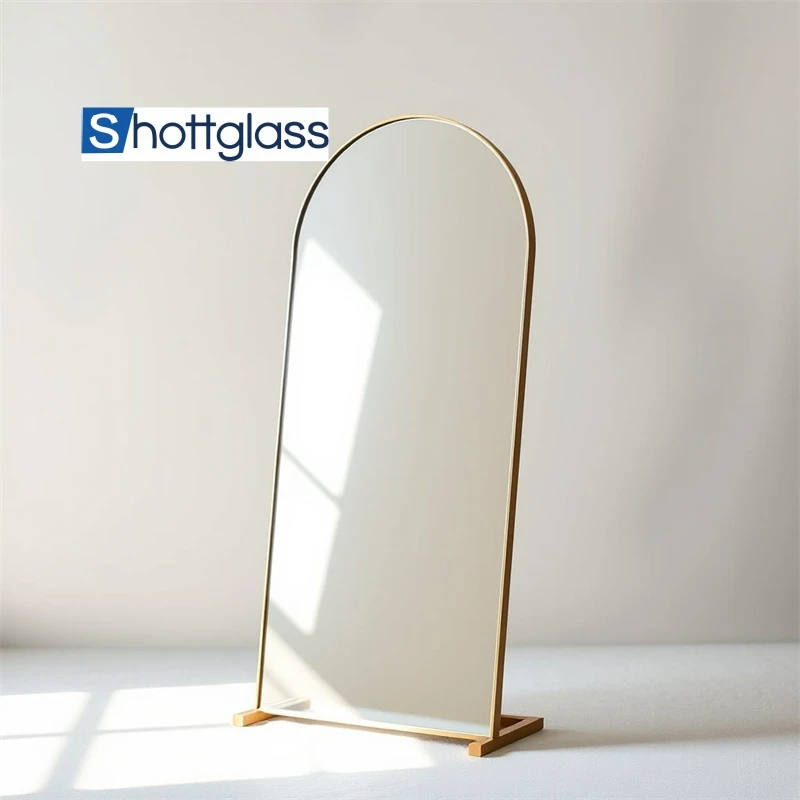Août . 20, 2025 09:37 Retour à la liste
Laminated Glass: A Special Material That Safeguards Safety and Transparency
In fields such as construction and transportation, a special glass material that combines safety and transparency is playing an important role, and it is verre feuilleté. This material, with its unique structural design and excellent performance, has become an ideal choice for ensuring space safety and transparency.
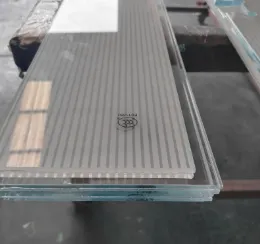
The structural design of laminated glass embodies the combination of science and practicality
Laminated glass windows are usually composed of two or more pieces of glass and a polymer bonding layer in the middle, which are compounded through special processes. High quality float glass or tempered glass is selected to ensure the transparency and strength of the foundation; The middle bonding layer is often made of polymer materials such as polyvinyl butyral (PVB), which have good adhesion and toughness. This composite structure endows laminated glass with far superior safety performance compared to ordinary glass while maintaining its transparency.
The performance advantages of laminated glass are very significant
Safety is the most prominent feature of verre feuilleté trempé. When impacted, even if the glass is broken, the fragments will be firmly adhered by the adhesive layer without splashing or scattering, effectively avoiding harm to the human body. At the same time, it has excellent impact resistance, better able to withstand external impacts than ordinary glass, and can to some extent prevent theft, violent damage and other behaviors. In addition, laminated glass also has good sound insulation and thermal insulation properties, and the middle bonding layer can effectively block sound waves and heat transfer, creating a quiet and comfortable indoor environment.
The application scenarios of laminated glass are wide and diverse
In the field of architecture, curtain walls, doors, windows, and skylights are commonly used in high-rise buildings to meet lighting needs and ensure building safety, especially in natural disasters such as earthquakes and storms, which can reduce the risk of glass breakage. In the field of transportation, most car windshields use tempered laminated glass, which can prevent glass fragments from splashing and injuring people in the event of a collision, providing safety protection for drivers and passengers; The windows of high-speed trains and subways use laminated glass, which can effectively block external noise and improve ride comfort. In some special places, such as museums and exhibition halls, laminated glass is also used for display cabinets to ensure clear visibility of exhibits and protect their safety.
With the continuous improvement of safety and performance requirements in related fields, the technology of laminated glass is also constantly advancing
The research and development of new adhesive materials has made their performance even more excellent. For example, some high-performance adhesive layers not only have stronger bonding strength, but also have UV protection function, which can effectively protect indoor items from UV damage. The optimization of composite technology results in higher production accuracy of garde-corps en verre feuilleté, tighter bonding between layers, and further enhances overall strength and stability. In addition, there have been more innovations in the selection of glass raw materials, such as using ultra white glass as the raw material to improve the transparency of laminated glass, making it suitable for places with extremely high lighting requirements.
In summary, tempered safety glass has become an important material for ensuring safety and transparency in modern society due to its unique composite structure, excellent safety performance, wide application scenarios, and continuous technological development. It not only meets the safety and functional needs of fields such as architecture and transportation, but also adds a reliable guarantee for people's lives and travel, with important practical value and broad development space.
Laminated Glass FAQs
What is laminated glass? What are its main features?
Laminated Glass is a composite glass made by sandwiching a layer of PVB (polyvinyl butyral) or other resin material between two or more layers of glass, and bonding them together through high-temperature and high-pressure treatment. Its biggest feature is that even if it breaks, the fragments will be stuck by the adhesive layer in the middle, without splashing and injuring people. At the same time, it has good sound insulation and UV protection performance. In addition, laminated glass can effectively resist impact and is commonly used for car windshields and high-rise building windows.
What is the difference between laminated glass and tempered glass? Which one is more suitable for household use?
Laminated glass and tempered glass are both safety glass, but their characteristics are different. Tempered glass is strengthened through heat treatment, and when it breaks, it will form small particles, but the fragments may still scatter; And laminated glass relies on an intermediate layer to bond the fragments, resulting in stronger overall integrity. If explosion prevention, theft prevention, and sound insulation are emphasized, laminated glass is more suitable for household use, especially for balcony or street facing windows. Tempered glass is more suitable for shower rooms or furniture.
What is the sound insulation effect of laminated glass? Which places are suitable for use?
The intermediate adhesive layer of laminated glass can effectively absorb sound waves and vibrations, thus its sound insulation performance is better than that of ordinary glass. Especially when using multi-layer adhesive or different thickness glass combinations, the noise reduction effect is more significant. It is very suitable for places with high requirements for quietness, such as near airports, residential areas in downtown areas, music halls, or hospitals.
Can laminated glass protect against ultraviolet rays? What is the role of home protection?
yes! The middle layer of laminated glass can filter out more than 99% of ultraviolet rays, effectively protecting indoor furniture, flooring, and artworks from sunlight fading. At the same time, it can also reduce infrared heat transfer and lower air conditioning energy consumption. If you have a large area of french window or precious collections, Laminated Glass will be a good choice.
Do I need to replace laminated glass immediately after it is damaged? How to determine its security?
Even if laminated glass ruptures, the middle layer usually maintains integrity and does not collapse in the short term, but it is recommended to replace it as soon as possible because its strength and thermal insulation performance have decreased. If there are large areas of cracks, delamination, or edge delamination, they must be dealt with immediately. Daily aging can be judged by observing whether there are bubbles, delamination, or obvious deformation.
-
Mirror Glass: A Multifunctional Material in the Interweaving of Light and Shadow
NouvellesAug.20,2025
-
Insulated Glass: The Ideal Choice for Building Energy Efficiency
NouvellesAug.20,2025
-
Frosted Glass: The Perfect Fusion of Hazy Aesthetics and Practical Functionality
NouvellesAug.20,2025
-
Coated Glass: A Fusion of Functionality and Aesthetics in Modern Decoration
NouvellesAug.20,2025
-
Clear Float Glass: A Transparent Aesthetic Carrier in Modern Decoration
NouvellesAug.20,2025
En rapport PRODUITS


